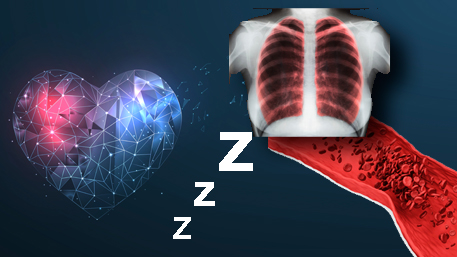 Spotlight
Spotlight
An approach to identify gene-environment interactions and reveal new biological insight in complex traits
(Posted Apr 25, 2024 9AM)
Exagamglogene Autotemcel for Severe Sickle Cell Disease
(Posted Apr 25, 2024 8AM)
Impact of Race, Socioeconomic Status, and Geography on Healthcare Outcomes for Children With Sickle Cell Disease in the United States: A Scoping Review
(Posted Apr 19, 2024 10AM)
Family cascade screening for equitable identification of familial hypercholesterolemia: study protocol for a hybrid effectiveness-implementation type III randomized controlled trial
(Posted Apr 19, 2024 10AM)
 Latest News and Publications
Latest News and Publications
Shirin Ibrahim et al. Atherosclerosis 2024 393117548
Modification of coronary artery disease clinical risk factors by coronary artery disease polygenic risk score.
Buu Truong et al. Med 2024
Navigating equity in global access to genome therapy expanding access to potentially transformative therapies and benefiting those in need requires global policy changes.
Tsung-Ling Lee et al. Front Genet 2024 151381172
Translational Research and Health Equity: Gene Therapies for Sickle Cell Disease as a Case Study.
Mary A Majumder et al. Ethics Hum Res 2024 46(3) 34-39
Identifying dementia from cognitive footprints in hospital records among Chinese older adults: a machine-learning study.
Jiayi Zhou et al. Lancet Reg Health West Pac 2024 46101060
Discovery of common molecular signatures and drug repurposing for COVID-19/Asthma comorbidity: ACE2 and multi-partite networks.
Xu Jiajun, et al. Cell cycle (Georgetown, Tex.) 2024 0 0. 1-30
The role of colchicine in the management of COVID-19: a Meta-analysis.
Elshiwy Kholoud, et al. BMC pulmonary medicine 2024 0 0. (1) 190
Diagnosing Cystic Fibrosis in the 21st Century-A Complex and Challenging Task.
Dana-Teodora Anton-Paduraru et al. Diagnostics (Basel) 2024 14(7)
Family cascade screening for equitable identification of familial hypercholesterolemia: study protocol for a hybrid effectiveness-implementation type III randomized controlled trial.
Christina Johnson et al. Implement Sci 2024 19(1) 30
Impact of Race, Socioeconomic Status, and Geography on Healthcare Outcomes for Children With Sickle Cell Disease in the United States: A Scoping Review.
Sameerah Wahab et al. Cureus 2024 16(3) e56089
More
About HLBS-PopOmics
HLBS-PopOmics is an online, continuously updated, searchable database of published scientific literature, CDC and NIH resources, and other materials that address the translation of genomic and other precision health discoveries into improved health care and prevention related to Heart and Vascular Diseases(H), Lung Diseases(L), Blood Diseases(B), and Sleep Disorders(S)...more
Content Summary
Common HLBS Health Categories
Site Citation:
Mensah GA, Yu W, Barfield WL, Clyne M, Engelgau MM, Khoury MJ. HLBS-PopOmics: an online knowledge base to accelerate dissemination and implementation of research advances in population genomics to reduce the burden of heart, lung, blood, and sleep disorders. Genet Med. 2018 Sep 10. doi: 10.1038/s41436-018-0118-1
Disclaimer: Articles listed in the Public Health Knowledge Base are selected by Public Health Genomics Branch to provide current awareness of the literature and news. Inclusion in the update does not necessarily represent the views of the Centers for Disease Control and Prevention nor does it imply endorsement of the article's methods or findings. CDC and DHHS assume no responsibility for the factual accuracy of the items presented. The selection, omission, or content of items does not imply any endorsement or other position taken by CDC or DHHS. Opinion, findings and conclusions expressed by the original authors of items included in the update, or persons quoted therein, are strictly their own and are in no way meant to represent the opinion or views of CDC or DHHS. References to publications, news sources, and non-CDC Websites are provided solely for informational purposes and do not imply endorsement by CDC or DHHS.
- Page last reviewed:Feb 1, 2024
- Page last updated:Apr 25, 2024
- Content source:


